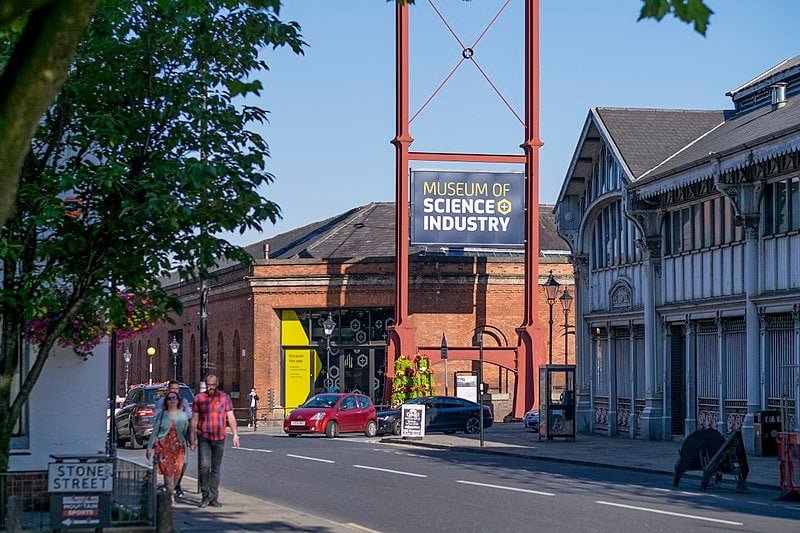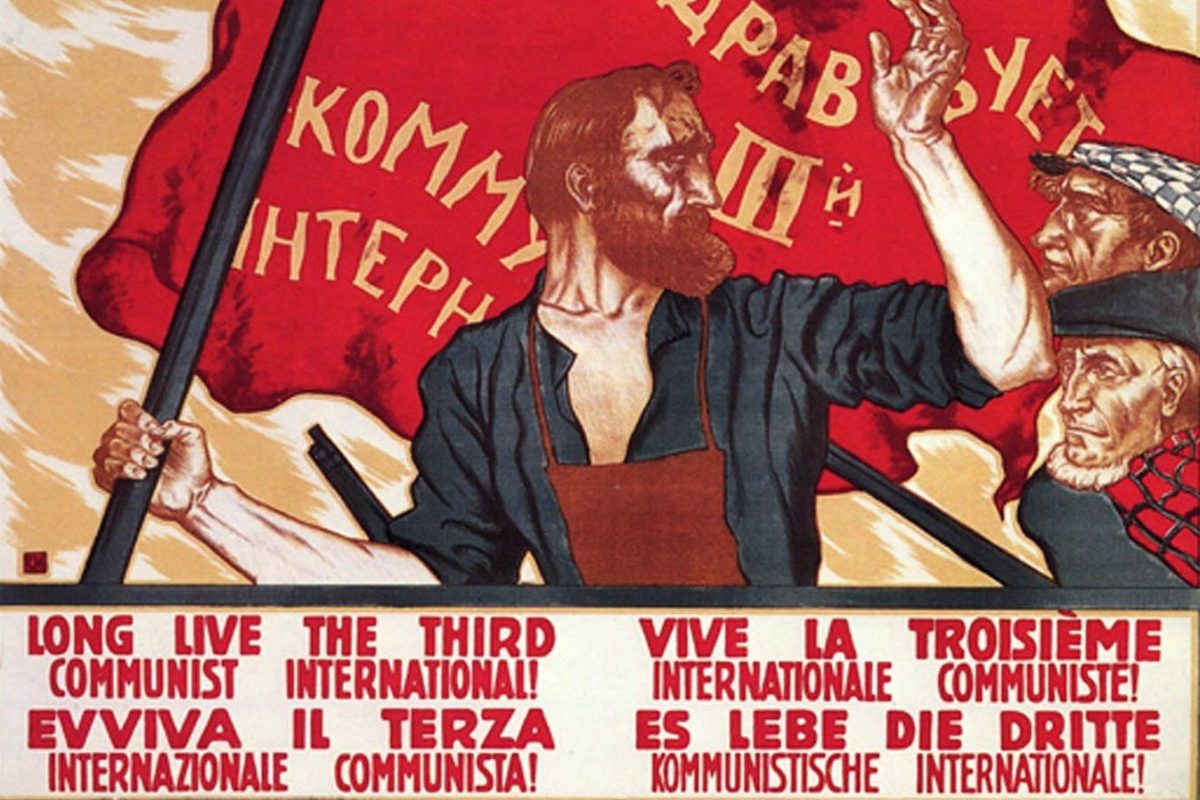The viewing figures for BBC 2’s documentary
series ‘White’ about the white working class won’t be big by TV standards. Fragmentation
of the audience with the emergence of digital has eaten away at the traditional
terrestrial channels.
Top Gear was BBC2’s top
show last time I looked with over 3 million viewers. This series probably got
under 2 million. So it won’t have a huge effect, thankfully.
It
would be easy to quote Ken Loach’s 1966 drama about homelessness, Cathy Come Home, which got 11.8m and
then 12m viewers for the repeat and fall into the old mantra “fings ain’t wot they used to be”.
Of course they
aren’t. The past forty odd years have seen some victories and more defeats in
the course of the class struggle. And related shifts in social life and
consciousness. No more so than amongst the middle class and the media-ocracy.
This is the more important significance of ‘White’.
A telling episode is taking place at the
housing charity Shelter. The creation of this organization was largely
triggered by the outcry over homelessness caused by Cathy Come Home.
In the past
month Ken Loach has been outstanding in his support for Shelter workers in an
industrial dispute with management. They are trying to impose an extra two and
a half hours a week work for no extra pay so that Shelter is competitive with
private companies in bidding for government legal aid contracts. Over 70% of
the 468 Unite members voted for strike action.
The real story
here is not primarily Loach’s political integrity and personal bravery – he
won’t win many friends outside hardened trade unionists for this stand – it’s
what it says about the social and ideological shifts in Britain over the last
forty years.
The nostalgia
brigade only sees one side of things. The high ideals which motivated the
launching of a voluntary sector campaign have collapsed. We see the well-paid
management of a £49.1m turnover charity cost cutting in order to win work which
is contracted out by a Labour government to the cheapest bidder.
But the other
side of the coin is that a largely graduate workforce who forty years ago would
have been clearly separate from the working class, however idealistic, are
struggling on the same kind of wages as other workers and fighting back through
their trade union.
The proud industrial
workforce of the 1960s, with its discipline and strong labour organizations was
a pole of attraction for many middle class radicals and they mourn its disappearance.
The renegades and the establishment celebrate it. Everybody is agreed on the
demise of the working class.
What none of
them see is that the disappearance of the old identifiable areas and lifestyles
actually has exactly the opposite significance. The working class is less
visible because it is now the overwhelming majority of the population – “between 80% and 90% by any criterion, with all the
qualifications about intermediate layers and people in transition between
classes.” (see
British Perspectives, section 58 )
And another important lesson is that after all the reformers’
forty years of admirable efforts to help the individual homeless, and endless
efforts to legislate the problem away, we are about to see the whole miserable nightmare
explode again.
Thatcher sold off millions of council houses. The private
sector has already failed to provide affordable housing for many and is now
about to destroy the dreams of millions struggling to pay mortgages. Not to
mention all the aspiring young home-owners desperate to follow their parents up
the property ladder.
The media is incapable of
recognizing, let along telling the true story. The working class isn’t the
hopeless ageing or work shy minority which ‘White’ portrays. It’s the biggest
power in the land once it stands up. The defeats of the 1980s and 90s are
history. A new generation will avenge them in the new struggles approaching.






